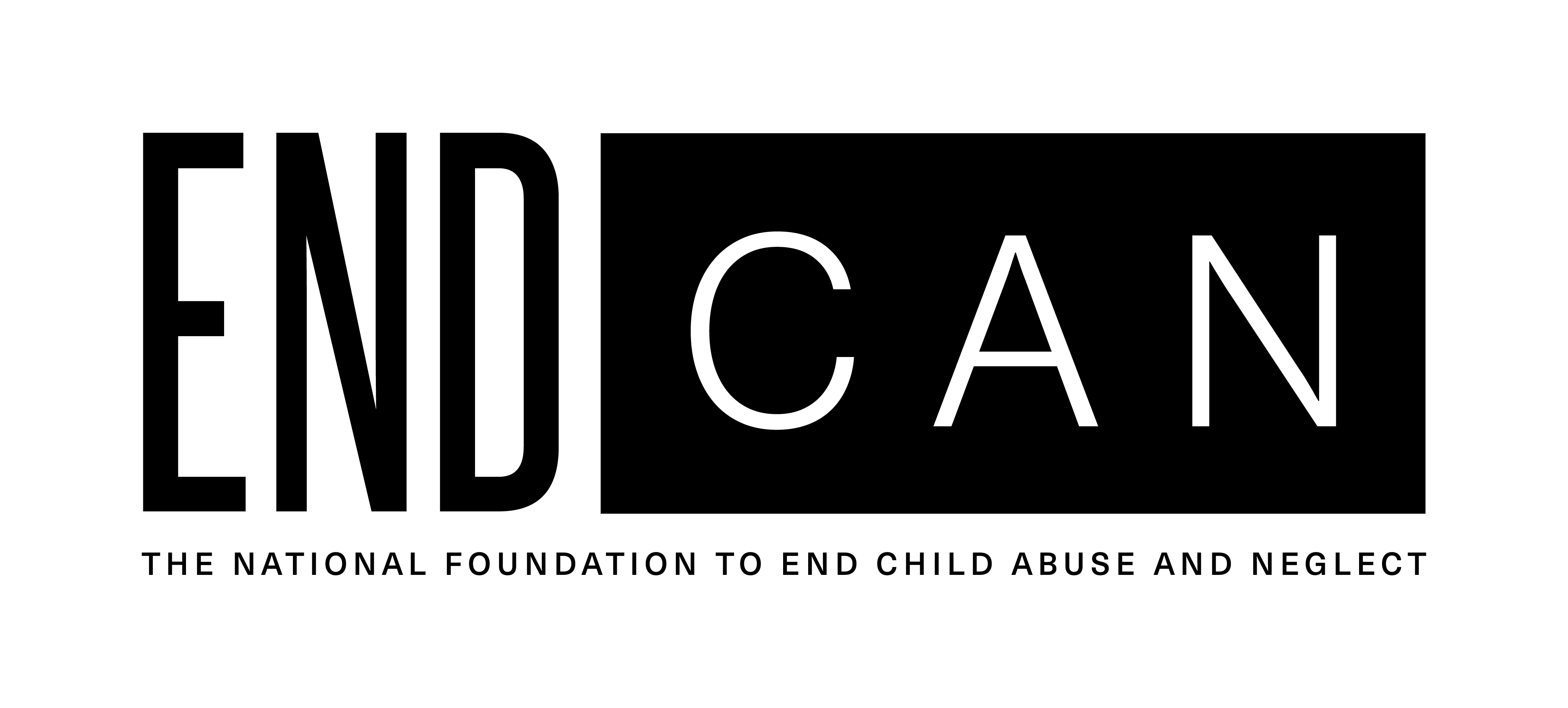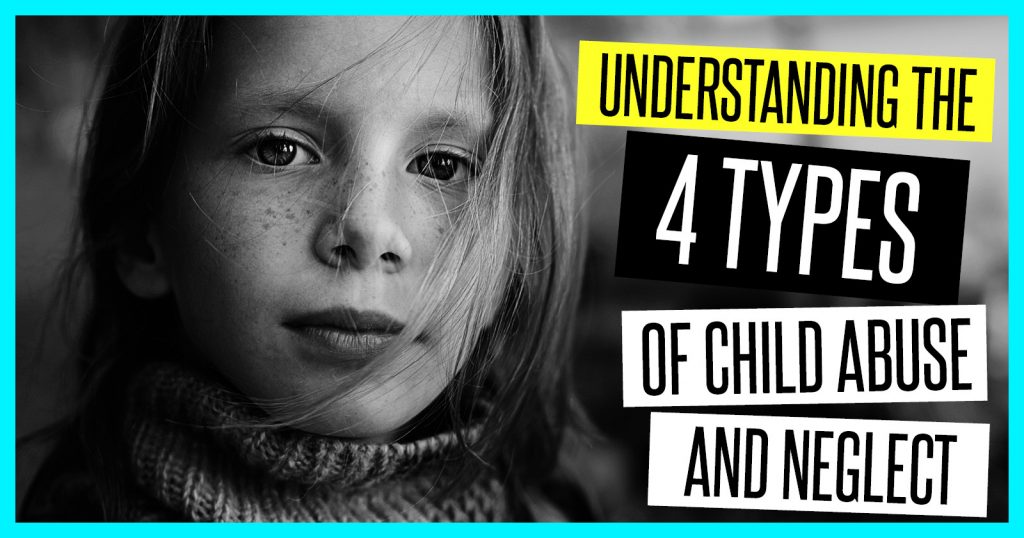Understanding the 4 Types of Child Abuse and Neglect
Things aren’t always what they seem. Most people hate the thought that children are abused and neglected, but it’s not necessarily easy to detect. But to raise awareness on the health, mental health, and public impact of child abuse and neglect, it’s necessary to identify it. Unfortunately, that’s often easier said than done.
Yes, it may be easier to spot blatant physical abuse or neglect, but even that can sometimes be difficult because some abusers are very clever and manipulative. They’re good at hiding things and ensuring that the abused stay silent about the abuse. Emotional and mental abuse is tougher to spot in some cases.
Although child abuse is separated into four basic types—physical abuse, neglect, sexual abuse, and emotional maltreatment—it is often found in combination. In other words, it’s not uncommon for a child who’s physically abused to also suffer from emotional maltreatment.
Of the more than 3.5 million children who were the subject of an investigation or alternative response in the fiscal year 2018, nearly 7 million were determined to be maltreatment victims. Neglect was the most reported type of abuse, with 60.8 percent of victims. Nearly 11 percent were physically abused, and seven percent were sexually abused. More than 15 percent were victims of two or more maltreatment types.
1. Physical abuse is the intentional use of physical force. For example, hitting, kicking, shaking, burning, shoving, or other physical interaction types against a child are considered physical abuse.
Causing any physical injury to a child is known as physical abuse and can happen at the hands of parents, teachers, or a third person, such as a coach or religious leader. Abusers are often good at hiding physical evidence or developing fictitious causes for things like cuts, bruises, or broken bones, so they’re not always reported.
2. Neglect is the failure to meet a child’s basic physical and emotional needs. These needs include housing, food, clothing, education, and access to medical care.
There are varied reasons for child neglect. It may occur if a parent or a guardian is either physically or psychologically unfit to take care of a child. It can also happen in cases where the parents or guardians have a substance abuse issue, making them unable to care for their children. Poverty can also be a factor in neglect.
Apathy or lack of concern is another reason for child neglect. One of the most visible and apparent physical signs of negligence is the skinny or bloated appearance of a child, resulting from undernourishment. Neglect may also cause a child to suffer from physical disorders such as asthma, hypertension, or various allergies.
3. Sexual abuse includes pressuring or forcing a child to engage in sexual acts. Fondling, penetration, and exposing a child to other sexual activities, such as pornography, are forms of sexual abuse.
Among the most highly-publicized sexual abuse cases in recent years are the catholic church sexual abuse cases, first reported in 1985. Sexual abuse affects children both physically and psychologically.
Physical harm can be caused, including damage to internal organs, bleeding, exposure to sexually transmitted diseases (STDs), several neurological conditions such as improper functioning of the brain, untimely pregnancy in the case of girls, and even death.
Psychological repercussions—mental trauma, depression, loss of self-confidence or low self-esteem, anxiety, or self-destruction symptoms that may eventually lead to suicide—are not uncommon.
4. Emotional maltreatment refers to behaviors that harm a child’s self-worth or emotional well-being. Things like name-calling, shaming, rejection, withholding love, and threatening are all considered emotional maltreatment.
Also referred to as psychological or mental abuse, this type of abuse can harm a child’s psyche that may have long-term effects. It can adversely affect, and sometimes even wholly negate a child’s development, especially socially. The immediate consequence of mental abuse is the loss of confidence or the appearance of a pessimistic attitude. The results can either create two extreme psychological conditions: a child may become too aggressive or become extremely passive.
Mental child abuse can happen at home as well as in school. Overprotective parents may tend to abuse in the course of disciplining a child emotionally. Mental abuse is frequently unintentional on the part of the abuser but happens due to circumstances. In some cases, however, the abuse is intentional.
Understanding the types of abuse is the first step in preventing it. Each of us has the power to be the change to stop child abuse.

